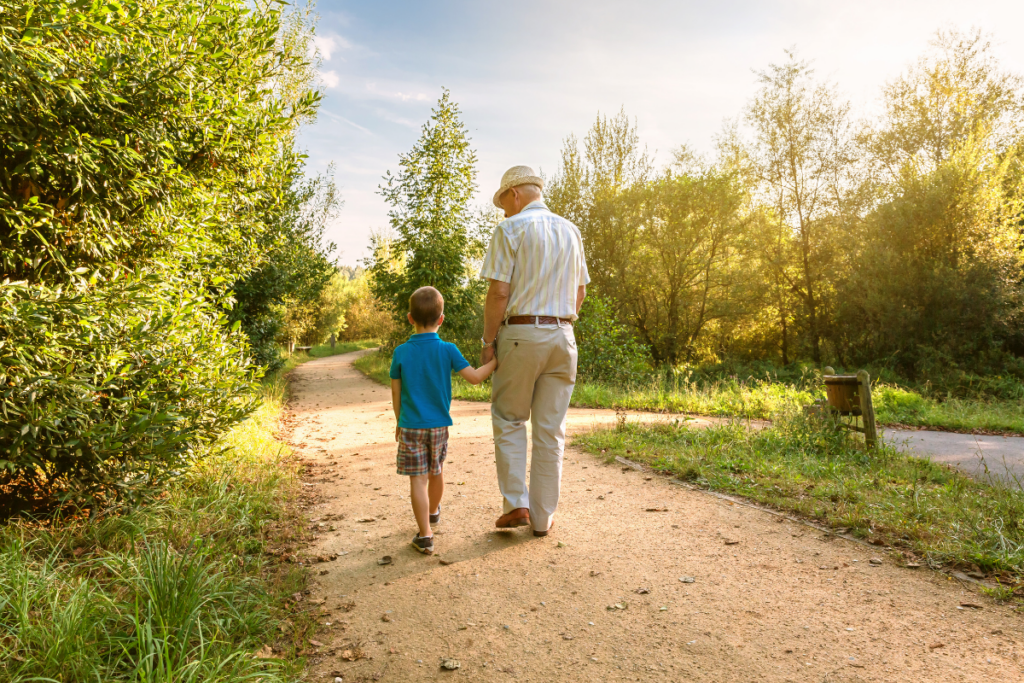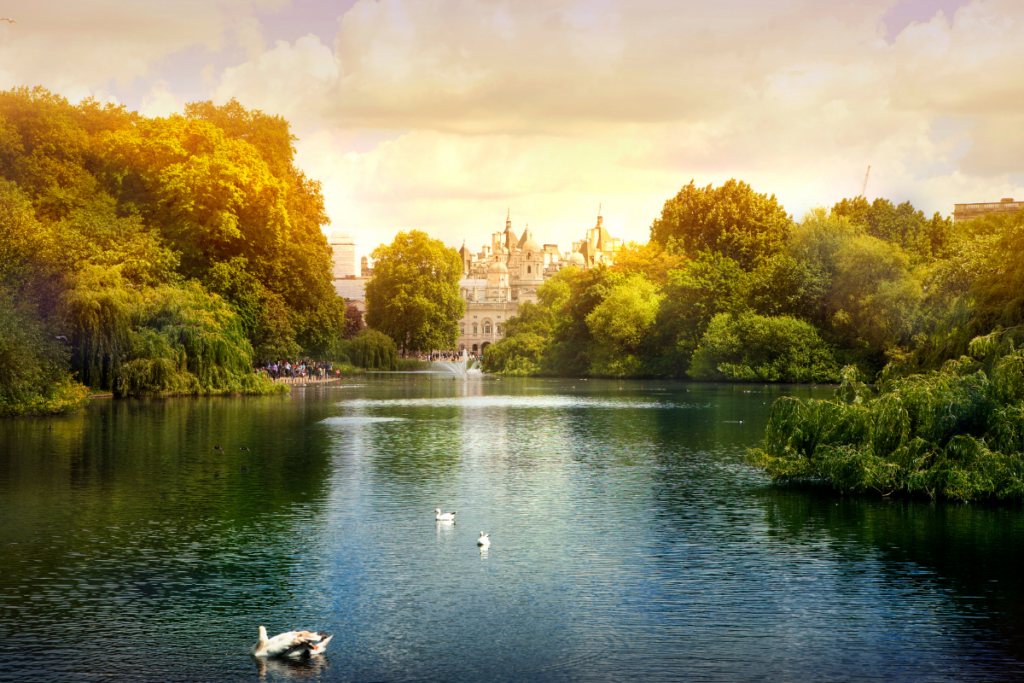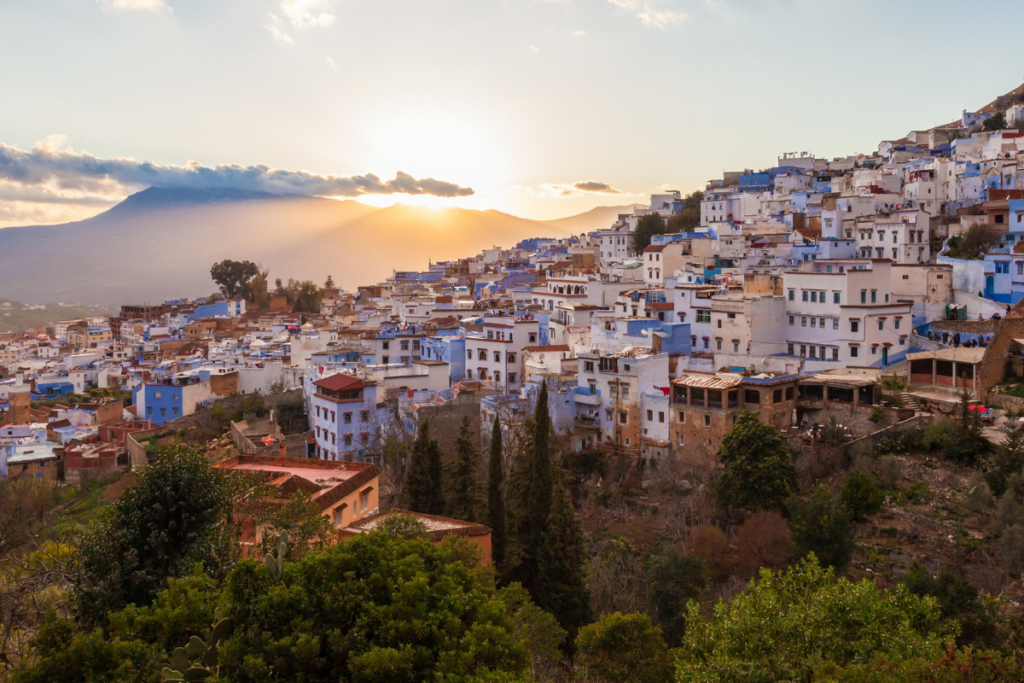31 May 2021
Our actions during this decade will define the cities and towns our children’s children will call home. Let’s make them proud.



Our actions during this decade will define the cities and towns our children’s children will call home. Let’s make them proud.
The pandemic proved we are capable of rapid change in the midst of uncertainty and the reason why the One Health concept is so core to our wellbeing. On this World Environment Day, let’s commit to restore our urban ecosystems, not only to benefit the planet, but to benefit us and the generations after us. Let’s be a part of #generationrestoration.
Ms Kobie Brand, Deputy Secretary General: ICLEI and Global Director: Cities Biodiversity Center

Scientists conclude that the next 10 years is our last chance to prevent irreversible damage to our planet and catastrophic climate change. During this decade many global goals for sustainability conclude, including the Decade for Action for Water Sustainability and the Sustainable Development Goals (SDGs). Currently we are not on track to achieve these goals, to limit climate change, or to prevent another mass extinction of life on Earth.
Launched on World Environment Day, 5 June 2021, the UN Decade on Ecosystem Restoration can wholly alter this trajectory by asking us to do one thing: protect and revive our ecosystems.
Restoring ecosystems can counteract climate change, halt biodiversity collapse and contribute to achieving most of the SDGs. But it also has a profoundly personal impact for all of us. Healthy ecosystems clean the water we drink (SDG 6), purify the air we breathe (SDG 3), maintain the soil we need to grow food (SDG 1 and 2), regulate the climate (SDG 13), and recycle nutrients so the cycle can continue (SDG 12). Restoration projects around the world are already proving this. Restoring seagrass is not only combatting climate change and protecting coastlines, but it is ensuring food security, controlling disease and filtering water. Restoring forests is reducing the threat of megafires, creating green jobs and improving human health and drastically cut carbon emissions. Restoring mangroves can also significantly reduce carbon in the atmosphere and prevent destructive floods.

We often associate healthy ecosystems with rural areas, sparsely populated forests, vast wetlands and open coasts, but they are perhaps most needed in our cities, where half of humanity live, 75% of resources are used and up to 80% of the world’s energy is consumed. Our cities cannot survive on concrete, cement and steel alone. At the most basic level, nature provides cities and towns with rich and diverse resources like sustainable timber for construction, clean air, food and water. But it does so much more, like boosting the local economy. People are willing to spend 9-12% more for goods and services in central business districts with high-quality tree canopies. CitiesWithNature combat climate change, but they also help people to thrive by reconnecting them with the valuable health-related gifts that nature provides. Children with ADHD, for example, concentrate better following a 20-minute walk in an urban park than they do after walks in other urban settings.
While the research years ago already proved that urban nature improves wellbeing, many of us only experienced this truth during the COVID-19 pandemic when we were forced to isolate in small apartments high above the treeline. Urbanites lived through – and continue to experience – the psychological impacts of this disconnect from nature. The indoor plant sales boom (one online plant store reports a 500% sales increase during 2020’s lockdowns) shows how we need green to live, even if only a small potted plant on the windowsill.

Our cities and regions can – and must – make this decade of transformation happen. Cities and their people are engines of hope and transformative change. Urban leaders can make decisions today to build cities and regions that restore nature, whether they are already developed or still growing. Many cities are already charting a new way forward and making this decade count. In Wellington, New Zeeland, the ecosanctuary Zealandia committed to saving the hihi, one of the country’s rarest birds, and today it houses the largest mainland population of this sparrow-sized songbird, all within the city limits. More examples of cities transforming for nature are plentiful: The ground-breaking 75km Rouge National Urban Park in Toronto and the ambitious New Montreal Park, which, at 3,000 hectares, will be Canada’s largest urban park once completed.
Not all urban ecosystem restoration has to happen on such a large scale. Indeed, many smaller-scale projects could be equally impactful and more accessible to cities. In Africa’s drought-prone capital city of Dodoma in Tanzania, a new urban oasis is providing food, shade and pollinating plants. Addis Ababa transformed an informal waste dumping site into a socially inclusive urban park. It’s a movement of inviting nature to permeate the urban fabric and new urban parks and public open spaces are opening up all the time. Last week, New York city opened a new ‘floating park’ over the Hudson River and next week, a brand new, 3-acre park is opening in Berkley, Michigan.

Every day, city managers are making decisions about infrastructure and planning, so they can choose every day to do it with nature, in ways that bring nature back into our inner cities and into our everyday lives. Initiatives such as CitiesWithNature are making it more accessible than ever by providing a community of practice, a place where practitioners inspire and learn from each other, key resources and a platform for commitment and accountability. The United Nations-recognised Advisory Committee on Local Governments and Biodiversity, which has been enabling dialogue between cities and local authorities and the Secretariat of the Convention on Biological Diversity (SCBD) for 10 years, recently announced its newly revitalised Advisory Committee, with a stronger, more diverse group of cities and their leaders than ever before – another timely event in our cities’ commitment to restore nature. The Advisory Committee has traditionally comprised of the Mayors of the CBD COP host cities, but has been expanded to include frontrunner cities that show leadership in implementing innovative and transformative nature-based solutions, reconnecting urban communities with nature, and building cities that are greener, safer, more equitable, just and resilient. Today they include a diverse and growing list of cities such as Bonn, Curitiba, Montreal, Medellin, Växjö, Tirana, Izmir, Mexico City, Chefchaouen and Cagayan de Oro City.
We know that the responsibility to restore humanity’s relationship with nature is not with governments and organisations alone. Each of us makes daily decisions that can contribute to #generationrestoration. Whether we as individuals switch to organic cotton, start composting or find local food growers, or whether big corporations shift to paper packaging, electric fleets, or carbon neutrality. If the pandemic taught us anything it’s that we can make major, life-saving changes in an instant and without having all of the answers before we act. This UN Decade on Ecosystem Restoration is asking us to do the same; not only to achieve our global goals, but to create resilient cities and regions on a planet where our children will raise their children to be healthy, happy and certain of a bright, green future at peace with nature.


